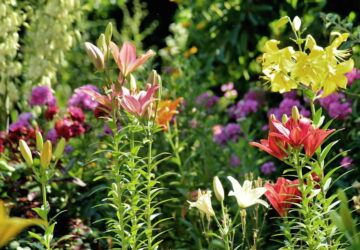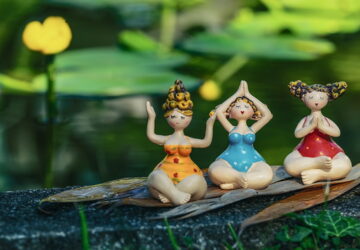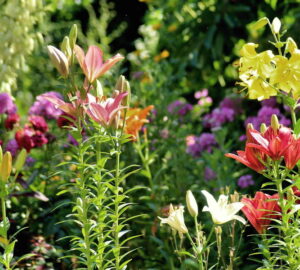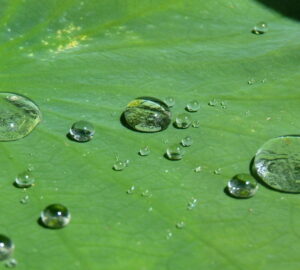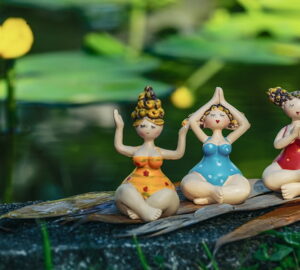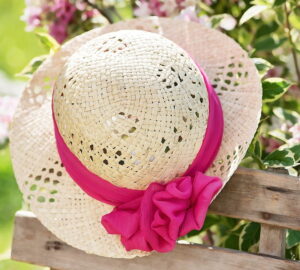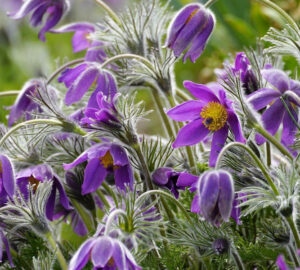Frangipani (Plumeria spp.) is one of those plants that effortlessly evokes exotic holidays and warm breezes. With its iconic, waxy blooms and sweet, heady scent, it’s no surprise that many gardeners dream of growing it—even far from the tropics.
Native to Central America and the Caribbean, frangipani is surprisingly adaptable and can be grown in pots on balconies, terraces, or patios in many parts of the world. With a bit of attention to its preferences, this tropical shrub can thrive and bloom beautifully even outside its native climate.
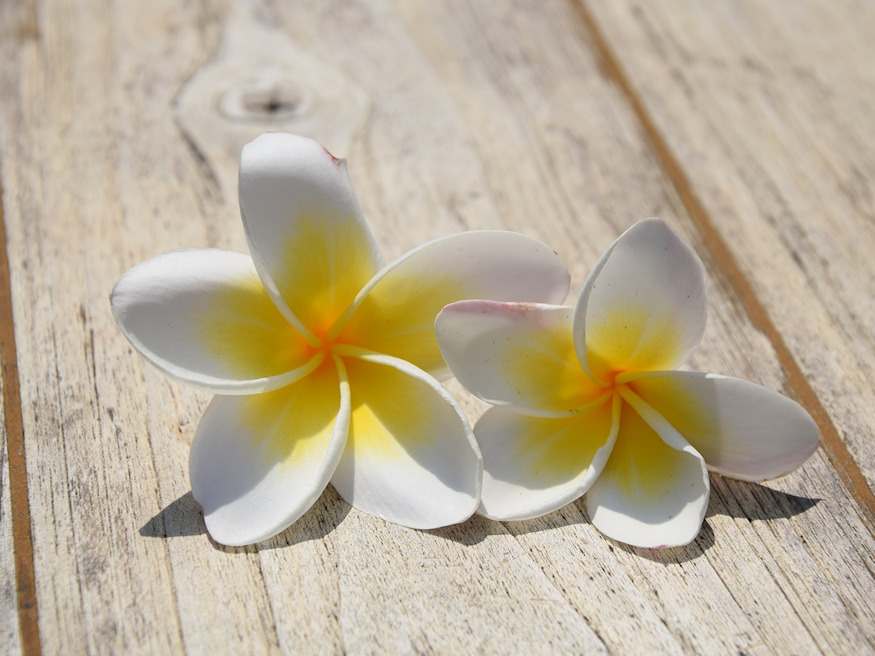
Choosing the Right Variety
Several Plumeria species are popular in cultivation, and each offers something slightly different in appearance and growth habit.
- Plumeria rubra – This is the most commonly grown species, known for its colorful flowers in shades of pink, red, yellow, and white. It’s a deciduous shrub, typically dropping its leaves in winter.
- Plumeria obtusa – Often called Singapore plumeria, this variety has shiny, evergreen leaves and produces elegant white flowers with yellow centers. It prefers warm, humid climates and doesn’t usually go dormant.
- Dwarf varieties – These are ideal for small spaces, as they remain compact while still offering generous blooms. They are especially suitable for container growing.

The Right Container
Because frangipani has a thick, tuberous root system and can grow into a small tree, container choice matters.
Use a sturdy pot with good drainage—terracotta is excellent for this purpose.
Start with a pot at least 30 cm (12 inches) in diameter.
As the plant grows, repot every few years into a slightly larger container to avoid becoming root-bound.
Light and Temperature
Frangipani thrives in full sun. To bloom well, it needs a minimum of 6 to 8 hours of direct sunlight per day. A south- or west-facing balcony is ideal.
Although it loves warmth, it can tolerate short periods of cooler temperatures. However, if your winters drop below 10°C (50°F), you’ll need to bring the plant indoors before frost arrives.
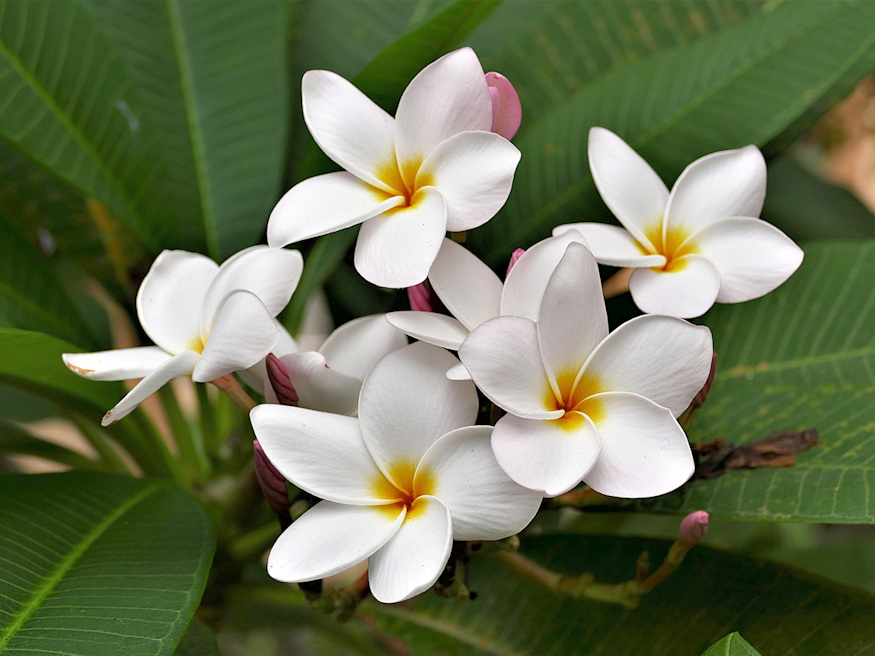
Watering and Humidity
During the growing season (spring through early autumn), water thoroughly but only when the top few centimeters of soil are dry. Frangipani prefers to dry out slightly between waterings. In winter, when the plant is dormant and leafless, reduce watering significantly—once a month or even less is often enough.
While frangipani tolerates average humidity levels well, it appreciates occasional misting in very dry conditions.
Soil and Planting
Frangipani needs well-draining soil. A cactus or succulent mix works well, or you can make your own blend using loamy garden soil, coarse sand or perlite, and a small amount of compost or aged organic matter.
Aim for a neutral to slightly acidic pH between 6.5 and 7.0.
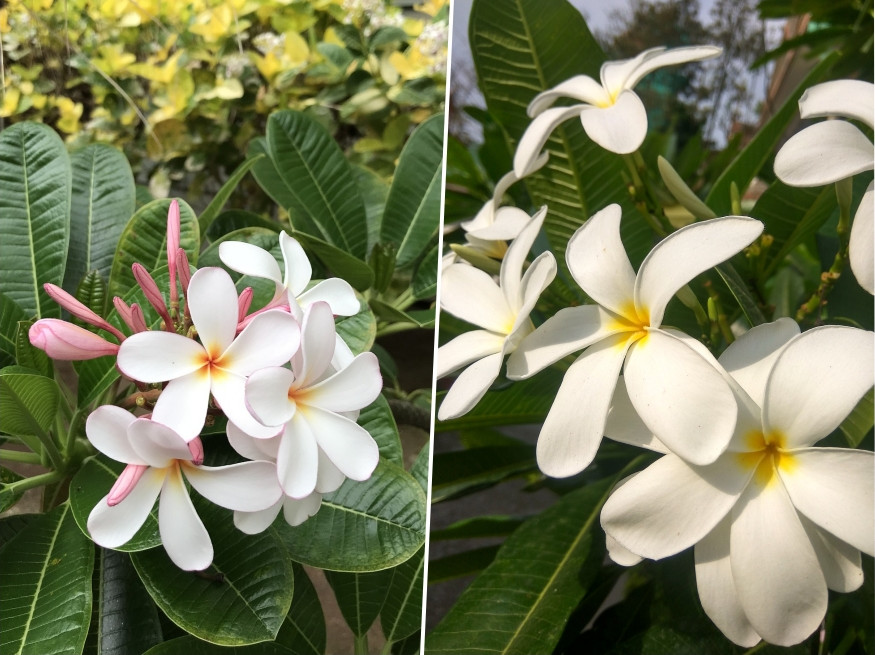
Feeding and Flowering
To support blooming, use a fertilizer high in phosphorus. A formula like 10-30-10 is ideal during the active growing period. Feed once a month from spring through mid-summer. Avoid fertilizing after the plant enters dormancy, as this can stress the roots.
Pruning and Maintenance
Pruning isn’t strictly necessary, but it can help keep the plant compact and encourage branching (and thus, more flowers).
Prune in late winter or early spring, just before new growth appears.
Use clean, sharp pruners and cut just above a node to promote branching.
Remove any damaged or diseased branches at the same time.
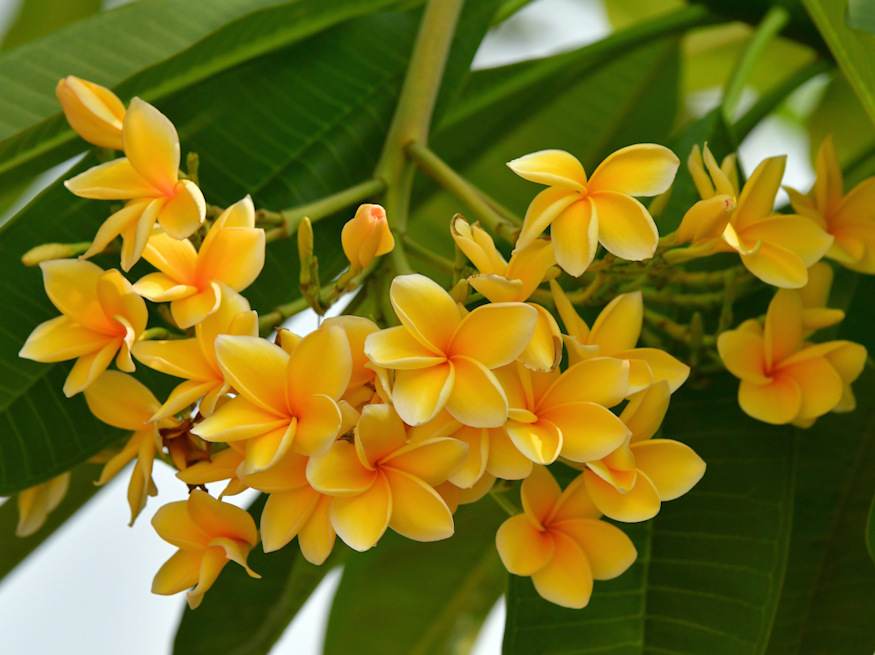
Pests and Diseases
Frangipani is generally easy to care for, but you might encounter common garden pests like aphids, mealybugs, or spider mites. These can be controlled with neem oil or insecticidal soap.
A specific concern is plumeria rust, a fungal disease that causes orange pustules on the undersides of leaves. Remove affected leaves and apply a suitable fungicide if needed.
Overwintering Indoors
If you live in a temperate climate, frangipani will need to be moved indoors before the first frost. Choose a bright, cool location with good air circulation—such as a sunny windowsill or unheated conservatory.
Expect the plant to drop its leaves during winter dormancy. This is normal. Resume regular watering and feeding once new growth appears in spring.

Propagation
Frangipani is very easy to propagate from cuttings.
Take semi-hardwood cuttings about 30 cm (12 inches) long in late spring or early summer.
Allow the cut ends to dry and callous over for several days before planting in a well-draining medium.
Water sparingly until roots form.
Seed propagation is also possible, though slower and less predictable in terms of flower color and growth habit.

Fascinating Facts About Frangipani
Despite its tropical image, frangipani is surprisingly drought-tolerant once established, thanks to its succulent-like branches that store water. This makes it well-suited for container gardening, even in drier climates.
The flowers are not only stunning but also structurally unique. Frangipani blooms are spiral-shaped, with five waxy petals and a delightful fragrance that intensifies at night—a trait evolved to attract moths, their primary nighttime pollinators.
Another curious feature is the plant’s milky white sap. Like many members of the Apocynaceae family, frangipani contains latex in its stems and branches. While toxic if ingested, this sap has been used traditionally in small amounts for medicinal and ritual purposes in various cultures.
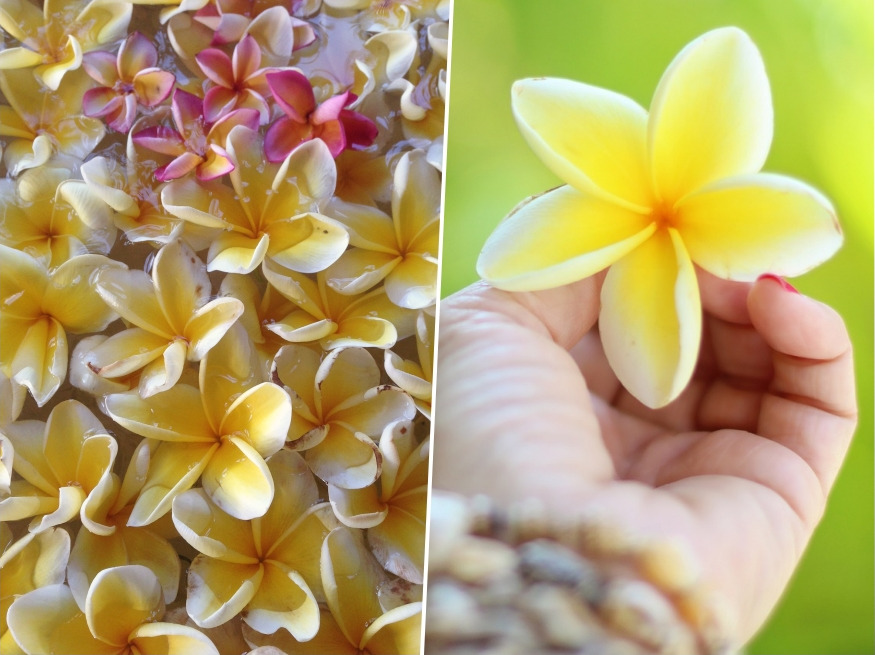
Cultural Meaning and Symbolism
Throughout the world, frangipani holds deep cultural and spiritual meaning. In many Asian and Pacific Island traditions, it represents immortality and the soul’s eternal nature. This symbolism comes in part from the plant’s ability to withstand harsh conditions and its tendency to bloom even after apparent dormancy or damage.
In Hindu culture, frangipani is sometimes associated with devotion and dedication, and its flowers are used in offerings to deities. In Buddhist symbolism, it often represents new beginnings or the impermanence of life—blooming beautifully, then fading.
In some parts of Central America, where the plant is native, it was considered sacred and used in pre-Columbian religious practices. Today, the flower still appears in local art, textiles, and spiritual rituals.
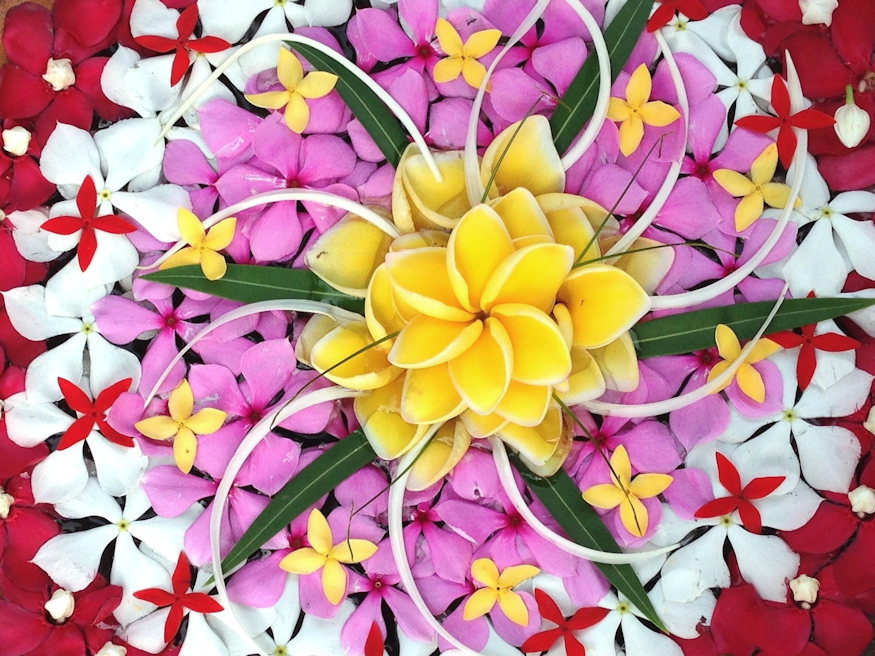
The Iconic Flower of Hawaiian Lei
Frangipani is one of the most recognized flowers used in traditional Hawaiian leis—garlands worn as a sign of affection, welcome, or honor. While not native to Hawaii, Plumeria became naturalized and deeply integrated into Hawaiian culture after its introduction in the 19th century.
Its soft, fragrant blossoms are ideal for lei-making: long-lasting, easy to handle, and visually striking. The frangipani lei often symbolizes love, positivity, and aloha spirit. In local customs, the way a woman wears a frangipani flower behind her ear can indicate her relationship status—left ear if taken, right ear if available.
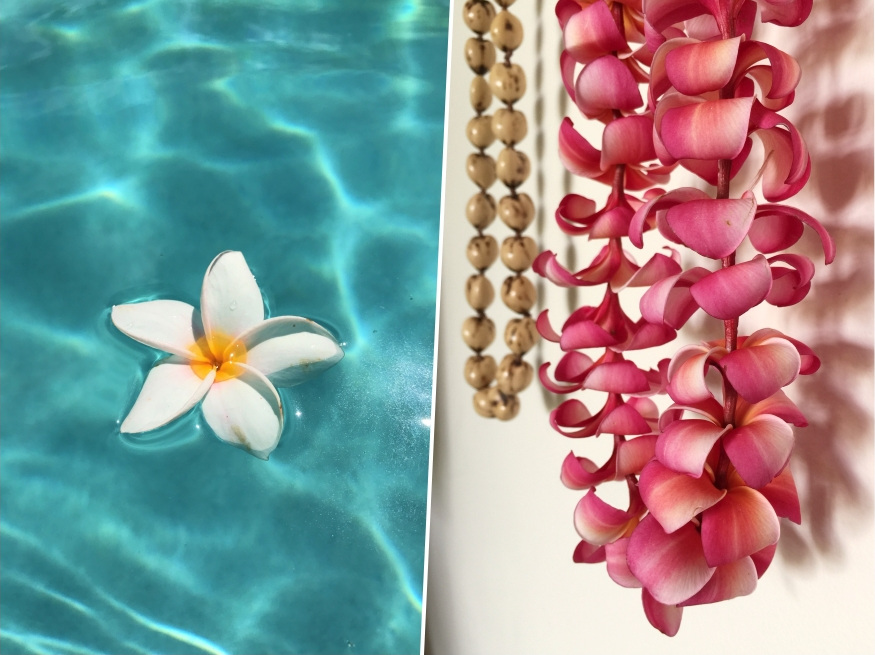
Traditional Remedies and Folklore
In folk medicine, frangipani has been used across different cultures, although modern science urges caution due to its toxic latex. Traditionally, small doses of extracts from the bark or sap were employed as remedies for inflammation, fever, or skin conditions, particularly in South and Southeast Asia.
In Polynesian and Caribbean communities, frangipani was sometimes planted near temples or graves to honor the dead and guide spirits. The flowers’ strong scent and their ability to bloom on seemingly lifeless wood gave rise to beliefs that the plant held protective or magical properties.
While not a medicinal plant in the modern herbal sense, frangipani continues to inspire cosmetic use—its essential oil (or fragrance oil, since true essential oil is rare) is prized in perfumery for its exotic, uplifting aroma.
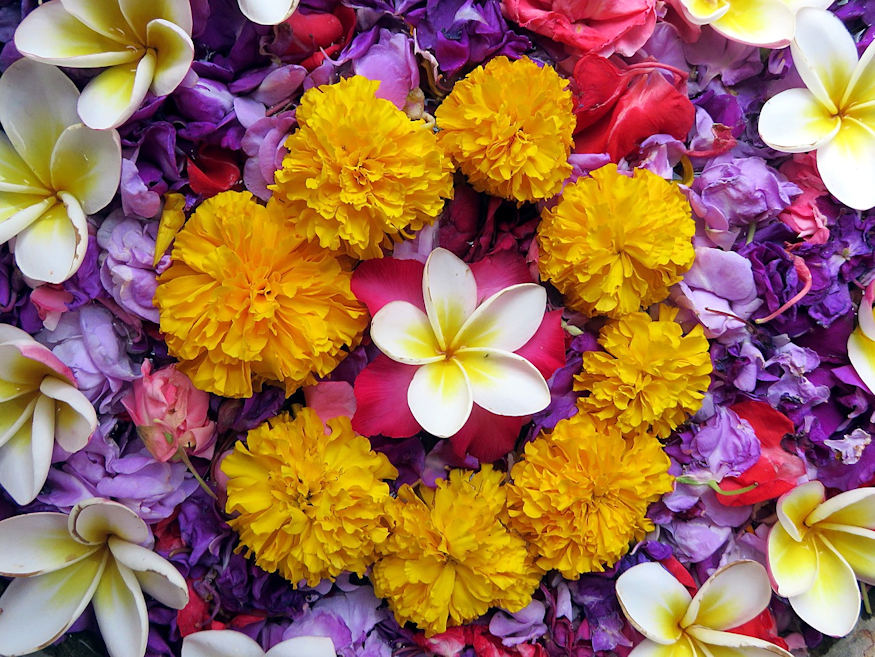
The Reward: Exotic Flowers in Your Everyday Space
With the right care, frangipani can reward you with spectacular blooms from late spring through autumn. Few plants combine such effortless elegance with such sensory pleasure. Whether you’re drawn to it for the nostalgic fragrance, the sculptural form, or the tropical flair, frangipani is more than worth a place on your balcony.
Let your home be filled with the scent of faraway islands—and enjoy the pleasure of watching something so exotic flourish right outside your door.
